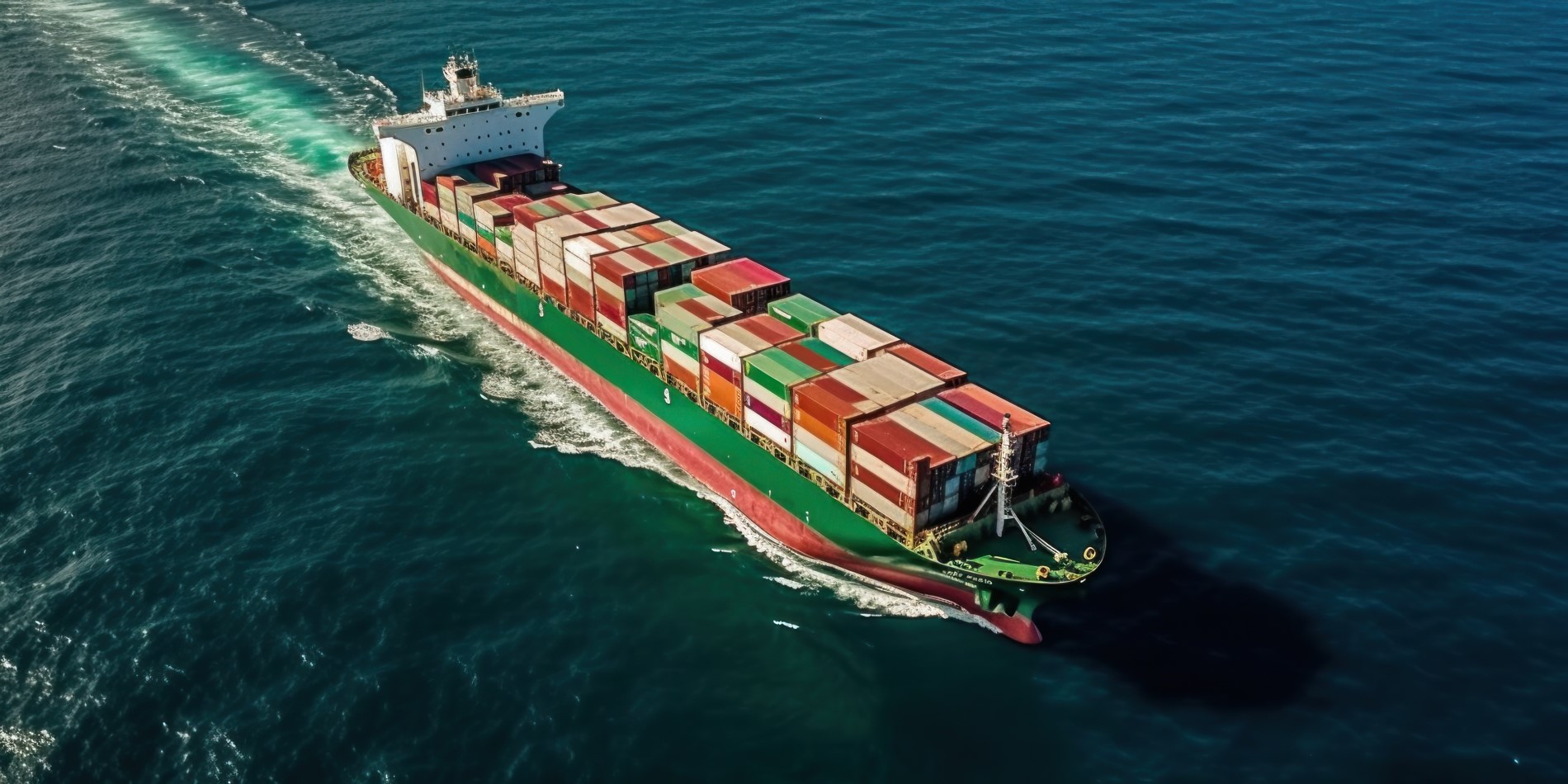Big Data in Shipping: Making it simple Using Data Management
Why Shipping Needs to Undertake Data Submission
Since 2018-2019, shipping companies, including owners and ship managers, have been mandated to submit vessel-reported data from noon logs (such as distance travelled, positions, port calls, fuel consumption, cargo onboard, type of fuel consumed, etc.) for regulatory compliance associated with IMO DCS and EU MRV. This data is essential for determining vessels’ Carbon Intensity Indicator (CII) ratings for IMO DCS and for calculating Emission Allowances (EUAs) for vessels trading in Europe under the EU ETS. Furthermore, Fuel EU regulations starting in 2025, will be penalizing the vessels in case vessel falls short on compliance balance based on GHG intensity.
With evolving regulatory requirements over the past few years, the processes for data submission and verification have undergone significant changes, becoming more stringent.
Big Data in Shipping: Challenges Faced by the Industry for Submission & Verification
- Data Reporting Errors: A major challenge for the industry is the inaccuracy of vessel-reported data. These errors arise from the diverse requirements of various software platforms, the inability of software to meet specific operational needs of vessels, difference in requirements of verifier and reporting platforms, and the crew change over exacerbates the existing problems.
- Changing Regulatory Requirements: Regulatory demands are require classification societies and Recognized Organizations (ROs) authorized, to validate and verify data to issue Statements of Compliance (SOC) and Documents of Compliance (DOC). As observed, Requirements are becoming increasingly stringent and with the incorporation of technological advancements, validating the same is becoming tougher.
- Lethargic Approach to Data Management: The industry often lacks a clear and proactive approach to data management, leading to delays in compliance. Current industry practise is to attend to data management after completing an entire year, whereas it should be a continuous process.
Our Approach & Success Story
To tackle these challenges and based on anticipated regulatory requirements, we developed a strategy in early 2022 to meet compliance deadlines while minimizing the burden on vessels and technical teams responsible for undertaking submissions.
- Regulatory Requirements: Understanding regulatory requirements thoroughly and frequent co-ordination with verifiers for clarification and requirements, was the first step. Team had also ensured the correctness in compliance documents such EEXI, IEEC, SEEMP & MRV plans along with other validating documents as per regulatory requirements. Such centralized approach was first step towards timely compliance.
- Technological Advancements: By leveraging technology, to assess the gaps in system, validations to have correct data, and streamlining the approach, we have to been able to improve our system which has resulted in reduction in errors and has helped ship crew by reducing hours on correct reporting.
- Efficiency Gains: This strategical approach also resulted in the development of a dedicated Voyage data Analyst team, who monitored the data on regular basis, resulting in reduced & correct consumptions reflecting in system. Such practise has benefitted the organization with timely compliance & significant cost savings due to a centralized approach.
Above approach has resulted in a dedicated knowledge & expertise centre for GHG compliance, which is a comprehensive approach in a direction to be future ready.
How Ocean Opt Can Support Owners
- Data Correction and Submission: We assist owners with data correction and submission for IMO DCS, EU MRV, and EU ETS.
- Platform Flexibility: We can use either our platform or the owners’ ERP software to monitor data.
- Coordination with Verifiers: We coordinate with verifiers to provide emission statements or support through our platform.
By addressing these challenges and leveraging our expertise, Ocean Opt helps shipping companies achieve regulatory compliance efficiently and effectively.


